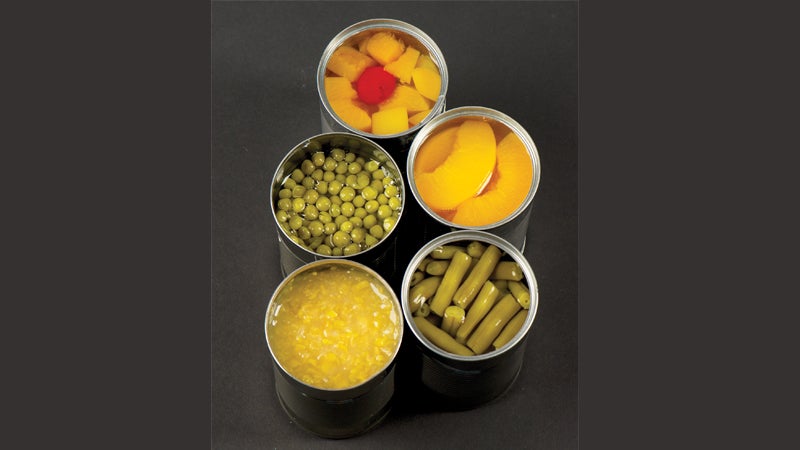Experts share food safety tips to follow during a disaster
Published 9:50 am Friday, July 12, 2019
LAPLACE — The U.S. Department of Agriculture’s (USDA) Food Safety and Inspection Service (FSIS) is issuing food safety recommendations for those who may be impacted by Tropical Storm Barry.
This system will bring a threat of significant flash flooding, storm-surge flooding and high winds. Flooding can compromise the safety of stored food. Areas that don`t normally experience flash flooding, could. Residents impacted by floods should pay close attention to the forecast. FSIS recommends that consumers take the following steps to reduce food waste and the risk of foodborne illness during this and other emergency events.
Plan Ahead If You Can
Trending
If possible, raise refrigerators and freezers off the floor, putting cement blocks under their corners.
Move canned goods and other foods that are kept in the basement or low cabinets to a higher area.
Food Safety After a Flood
Use bottled drinking water that has not come in contact with floodwater.
Do not eat any food that may have come in contact with floodwater.
Discard any food that is not in a waterproof container if there is any chance it may have come in contact with floodwater. Food containers that are not waterproof include those with screw caps, snap lids, pull tops, and crimped caps.
Trending
Also discard cardboard juice/milk/baby formula boxes and home canned foods if they have come in contact with floodwaters. They cannot be effectively cleaned and sanitized.
Inspect canned foods; discard any food in damaged cans. Can damage is shown by swelling, leakage, punctures, holes, fractures, extensive deep rusting, or crushing/denting severe enough to prevent normal stacking or opening with a manual, wheel-type can opener.
Discard wooden cutting boards, plastic utensils, baby bottle nipples, and pacifiers that may have come in contact with floodwaters. There is no way to safely clean them.
Thoroughly wash metal pans, ceramic dishes, utensils (including can openers) with soap and water (use hot water if available). Rinse and sanitize them by boiling in clean water or immersing them for 15 minutes in a solution of 1 tablespoon of unscented, liquid chlorine bleach per gallon of drinking water.
Thoroughly wash countertops with soap and water (use hot water if available). Rinse and then sanitize them by applying a solution of 1 tablespoon of unscented, liquid chlorine bleach per gallon of drinking water. Allow them to air-dry.
Note: If your refrigerator or freezer was submerged by floodwaters — even partially — it is unsafe to use and must be discarded.
The publication “A Consumer’s Guide to Food Safety: Severe Storms and Hurricanes” can be downloaded and printed for reference during a flood. Infographics on FSIS’ Flickr page outline steps you can take before, during and after severe weather, power outages and flooding. FSIS provides relevant food safety information during disasters on Twitter @USDAFoodSafety and Facebook.
If you have questions about food safety during severe weather, or any other food safety topics, call the USDA Meat and Poultry Hotline at 1-888MPHotline or chat live with a food safety specialist at AskKaren.gov. These services are available in English and Spanish from 10 a.m. to 6 p.m. Eastern Time, Monday through Friday. Answers to frequently asked question can also be found 24/7 at AskKaren.gov.






